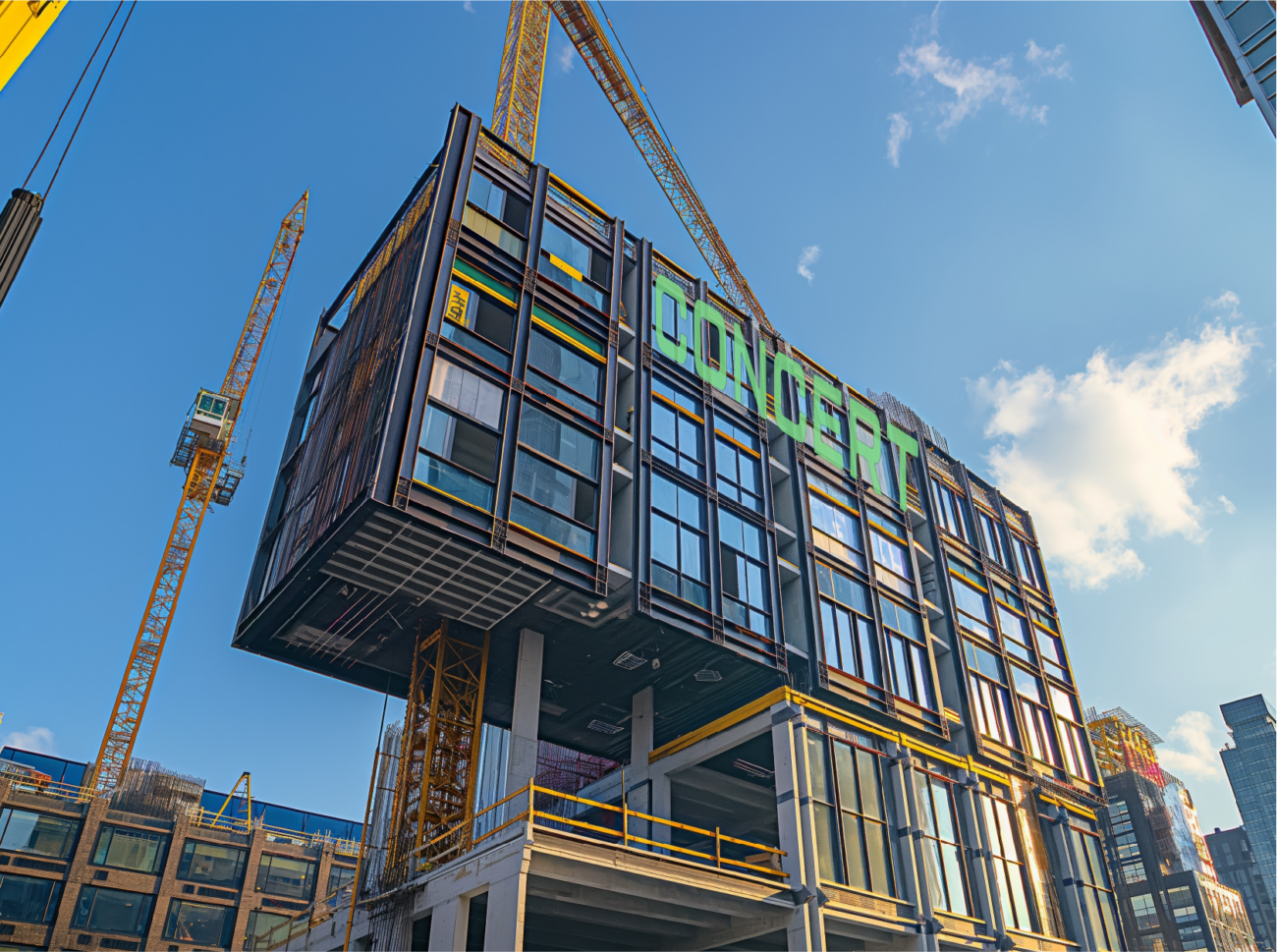Tim Dufault, FAIA
Concert CRO
Most people don’t know that there are only 121,000 licensed architects in the US, which equates to approximately 1 architect for every 3,000 people. It is also not widely known that the process of becoming an architect is rigorous and can take ten years to complete. For any person to call themselves an Architect in the US, they must hold a professional license to practice architecture in the jurisdiction. For example, to refer to yourself as an architect in the state of New York, you must hold a license issued by the state of New York. However, you cannot call yourself an architect in California with a New York license.
These rules exist because an architect is responsible to protect the health, safety, and welfare of the public in everything they design. Public building design and performance is controlled by a complex set of codes and standards that the Architect is expected to know, understand, and design to. These codes and standards have been developed over centuries based on building failures – from structural collapse to fire – that cost many lives. If you have been unfortunate enough to have experienced a major building incident like a fire, and you escaped with little or no harm, you can thank the building codes and the architect for your ability to survive that event. Architects are proud of the record they have in creating buildings that change people’s lives, and, when necessary, saves lives. The creativity represented by the thousands of architects across the country who not only care about the building design and the client’s budget, but also their sacred oath to protect the public, is amazing. I am proud to call myself an architect and of the profession to which I belong.
Lately, well known architects have begun to throw their design brand into the Metaverse, promoting grand plans for whole cities that present futuristic and unimaginable feats that defy the laws of physics and gravity – because the Metaverse does not have to follow any of those rules. It can also be said, buildings in the Metaverse don’t need to meet any traditional building codes or standards. On one level, this frees the architect to envision fantastic spaces and buildings that all can enjoy, removing the traditional economic barriers that are built into our social systems. The Metaverse is being promoted as this egalitarian utopia, where all are equal regardless of caste or color. For the architect, it is the opportunity to create the perfect design solution, free from the constraints of real-world rigors.
But if the Metaverse is not bound by the same rules as the real world, then what value can the architect bring to that space? Certainly, design understanding and the functional relationships that come with years of practice and application is valuable. However, knowledge of structure, systems, and codes may be meaningless if the design does not have to adhere to law (natural or otherwise) and no one can be harmed or killed in a virtual world. But I submit, the architect has real value in the Metaverse because even though we are not bound to the rules of the physical world, humanity has its set of practical norms where the bounds of our experiences still carry a need to align with our sense of reality. Take, as an example, the fantastic world of Pandora, created in the movie Avatar. Even in this fantastic virtual world – where mountains can float and water flows up – human norms existed, with social structures that were patterned after our tribal past, notions of good and evil battle – with good prevailing, and death carrying the same weight and importance as in real life. The story takes on these characteristics because even though we want to escape the bounds of reality and live in a fantasy of another world, a world that defies the laws of physics and convention, we still have human norms, beliefs, and social structures.
So, does the architect have a role to play in the virtual world, the Metaverse? Yes, absolutely! While we can be freed of some of the chains of real-world design, people still want the Metaverse to have a humanity to it. We still want to perceive the social norms and embrace the spatial sensibilities that we recognize and can relate too, even if they are clothed in a strikingly different context that may feel otherworldly. We still crave the interactions that are created by public space, restaurant and entertainment venues, offices, schools, and all the other places we embrace in our daily lives. We still need to have something that reflects our understanding of “real”.
The proponents of the Metaverse espouse how the virtual world will break down the social barriers of caste, money, and color to create an equitable and diverse social system – an egalitarian utopia where all are truly equal. Whether we can achieve this nirvana is yet to be seen, as humanity has all too often recreated the social structures that reinforce separation and hierarchy when given the chance to build something new. Here, in this Metaverse, is where architects can come together and create solutions of change, create the mechanisms we where we can evaluate new social structures in the safety of virtual space. Perhaps if they work in the Metaverse, we will have the opportunity to bring them out into the real world to change the physical environment for the better.
I am an architect and I have great faith in the profession, so I am biased in my views on this, but architects can have influence in people’s lives – virtually and physically. I am excited that architects stand at the cusp of this monumental opportunity to make the Metaverse a better place than the inhabited universe and to learn from it to make our own world better.





